Imagine waking up one day only to discover that everything you’ve always known has instantly changed.
The home you’ve lived in for your entire life is gone; the roads are much different, making navigation far more complicated; you’re in an area that is unfamiliar to you; all around you are elements that could easily cause you harm; and worst of all, there is no escaping!
This scenario would be sad and extremely overwhelming, and not many people would survive it.
Yet, this is what happens every day to wildlife and underwater species as their habitats are destroyed!
Yes, that’s right!
As we exhaust natural resources, the homes of many animals are lost in the process. By definition, habitat loss is also known as habitat destruction, and it occurs when we destroy the natural shelters that are home to wildlife.
Wikipedia defines habitat as,
“A habitat is an ecological or environmental area that is inhabited by a particular species of animal, plant, or other type of organism. The term typically refers to the zone in which the organism lives and where it can find food, shelter, protection and mates for reproduction. It is the natural environment in which an organism lives, or the physical environment that surrounds a species population.“
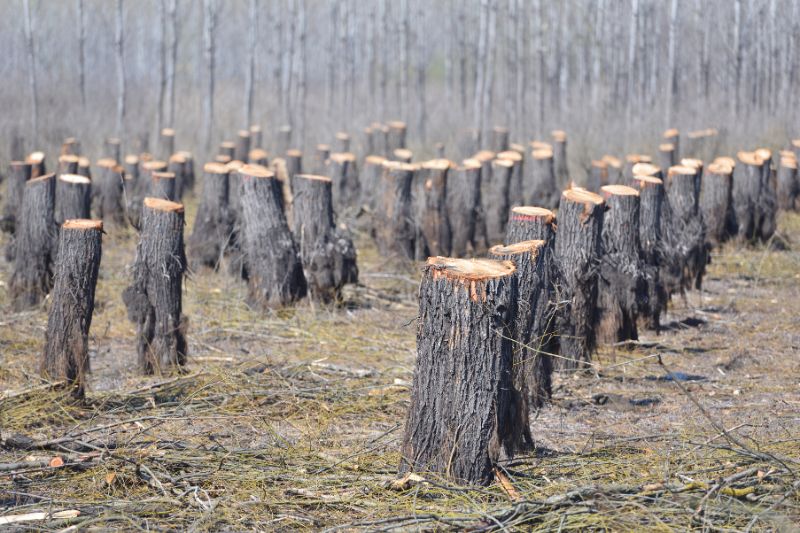
Types of Habitat Loss
Habitat loss can usually be placed in three categories: Habitat destruction, Habitat fragmentation, and habitat degradation.
Habitat Destruction
This type of habitat loss is done by completely removing trees and plants and instantly changing the landscape. Mass deforestation by cutting down trees is a prime example of this.
Habitat Fragmentation
This occurs by altering the land in a way that confuses the animals and disrupts their natural way of living. This type of habitat loss occurs when we create roads and place attractions in the midst of woodlands and other natural areas.
By fragmenting habitats, areas may not be completely destroyed, but it still causes environmental chaos. Fragmentation can separate animals from one another and their food sources, making it difficult for them to thrive.
This type of habitat loss happens both in water and on land. Beneath the water, structures such as dams tend to isolate species from one another, making it more difficult for them to mate and find food. For the many animals that depend on migration to preserve their species, fragmenting habitats takes away this advantage.
Habitat Degradation
Finally, there is habitat degradation. This form of destruction occurs by pollution that causes habitats to be destroyed because it changes the quality of air, water, and land while becoming a breeding ground for toxins.
Degradation of the environment allows species not part of an ecosystem to invade the area. Known as invasive species, they naturally contribute to the downfall of other animals and plants. As this happens, species once native to a region begin to die from these negative environmental changes.
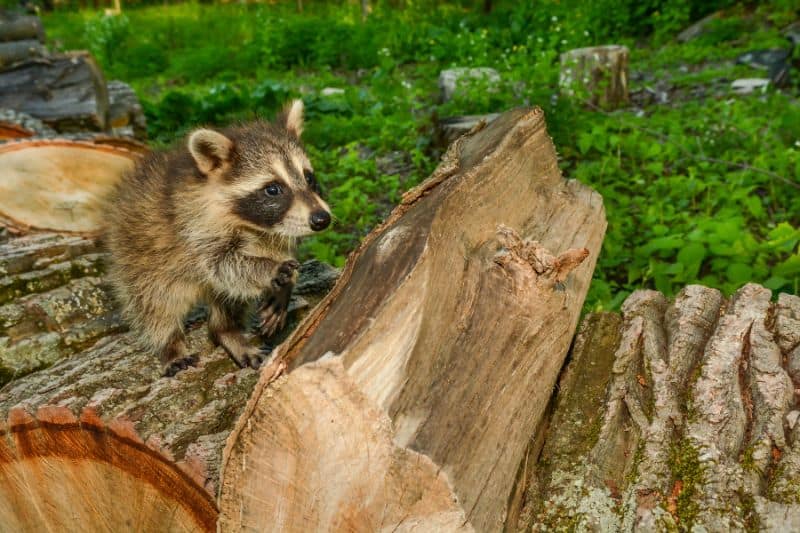
Causes of Natural Habitat Loss and Destruction
Knowing that the death of wildlife and negative environmental impact result from habitat loss, it’s reasonable to question why we continue to carry on habits that destroy biodiversity.
1. Agricultural Activity
Unlike in the past, when small areas of land were used to grow crops for families and local communities, farming is now a big business that can be run by large corporations.
Currently, agriculture involves the mass production of foods that can quickly be sold for profit. Extra land is needed to grow more edible goods, and more land has to be cleared to meet these needs.
2. Constant Need for New Settlement Areas
Most natural habitats are often destroyed to make way for human residences. Land is cleared to accommodate large buildings and to create space for more lucrative attractions.
But then, natural habitats are not always destroyed to use the land for humans to live. They are also destroyed so that their materials can be used to keep humans comfortable.
For example, trees are used to create various paper products, and wood is used to produce furniture and miscellaneous items.
3. Need to Make Room for More Businesses and To Meet the Demand of Large Corporations
Stores, homes, and commercial places undoubtedly cover a massive amount of land. But did you know that many of these places now stand where only wildlife and natural habitats once existed?
Well, that is right, and the constantly increasing demand for these spaces continues to necessitate more destruction of natural habitats.
Effects of Habitat Loss and Destruction
As we make more room for people, we often overlook the homes that are being destroyed in the process.
1. Extinction of Some Species
Habitat destruction is the leading cause of extinction for various species and is the reason many animals are endangered. Animals are very intelligent beings, but without their natural homes, they cannot protect themselves and care for their young.
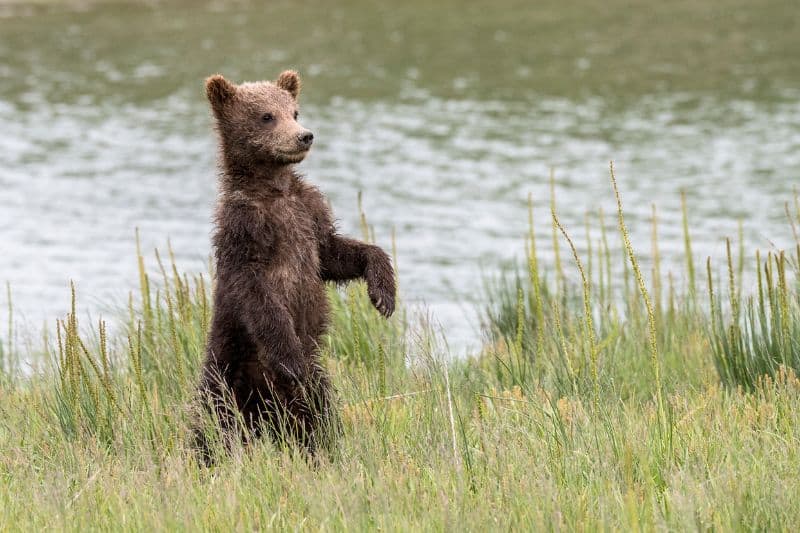
2. Increased Stress on Wildlife
When preparing land for homes and buildings, it’s necessary to ensure a level surface for stability and the construction process. Bulldozers are often used to clear trees and flatten the ground in woodlands to achieve this.
Unfortunately, these changes occur so abruptly for animals that they have no time to adapt to such drastic alterations to their habitats.
3. Exposes Wildlife to Unpleasant Conditions
Animals store food and water to sustain themselves during challenging periods or when their usual food supply is unavailable due to seasonal changes. In adverse weather conditions, natural shelters serve a role akin to human homes, offering protection from storms, heavy rain, and extreme temperatures.
The displacement of wildlife disrupts their entire way of life. Numerous species rely on their habitats as sanctuaries from predators. Additionally, young animals in the wild require diverse forms of care; they must be shielded from predators during their vulnerable stages and learn the skills needed for hunting and gathering food.
4. Throws Off the Ecosystem Balance
Ecosystems are nature’s way of creating a balance between different species and the environment. Life in the wild is instinctual, with everything being interconnected.
Everything from blades of grass to the tallest trees serves a purpose. Animals thrive off of the land and also from one another.
When we disturb this balance, they are often left confused and lost, finding themselves in harm’s way. The ultimate result is death and the inability to reproduce offspring that carry on the species.
5. Impoverishes Soil Quality
We must also consider what happens to the ground when examining the effects of habitat loss. Many plants can no longer grow because the composition and soil quality is instantly changed, taking away the nutrients and space plants need to grow.
The land itself is also packed down so tightly from human equipment that many plants cannot force themselves to grow, and if the seeds are not sown elsewhere, the plant type could be completely lost within the region.
6. Infiltration of Underwater Systems by Chemicals
With large amounts of land used for industrial farming, runoff is becoming a common cause of pollution and habitat degradation. You see, farming often requires large amounts of fertilizers, pesticides, and other materials that are full of chemicals and harmful ingredients.
These substances are used to protect crops and promote their growth. Ultimately, the toxic ingredients are absorbed into the ground and flow into lakes, rivers, and oceans, poisoning the water and animals.
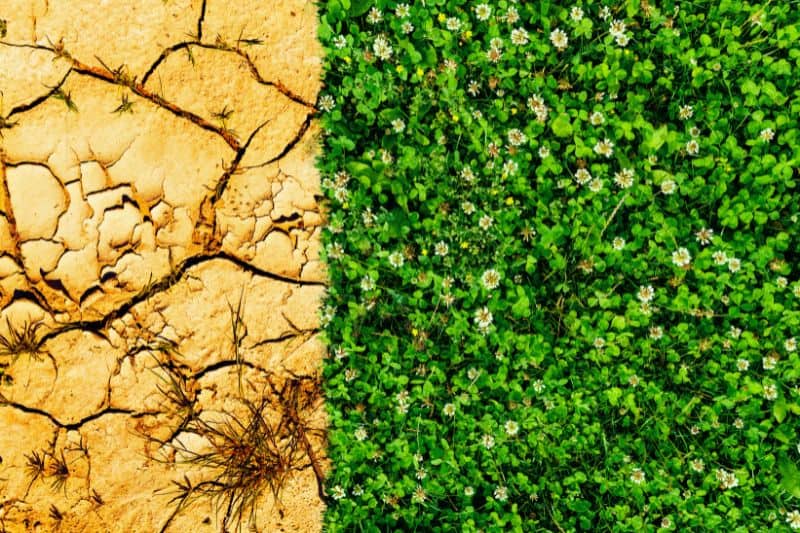
7. It Exarcebates Global Warming and Climate Change
The more trees that are cut down, the more carbon dioxide goes into the air, and that causes the Earth to heat up more quickly.
This temperature change is killing various species, especially in regions where the changes are extreme. Consequently, temperatures become more unpleasant as time passes, and additional greenhouse gases fill the air.
Solutions For Habitat Loss and Destruction
Despite the adverse effects of habitat loss, there are many ways that we can use to combat this problem. Some of them include:
1. Appreciating the Value of Natural Resources
One way we can combat habitat loss is by preserving natural resources and learning how to use them in a way that does not require such frequent destruction of habitats.
2. Develop Regulations to Protect Natural Habitats
Regulation is equally important. Plans and rules should be set forth to legalize how much of a given area can be altered for the benefit of humans. By practicing more restraint, we allow wildlife time to adapt and leave more areas undisturbed for the sake of biodiversity.
3. Educate on The Importance of Biodiversity
Comprehensive education regarding the environment helps people understand how necessary biodiversity is and teaches how everyone can contribute to causes that aid in keeping many different species alive.
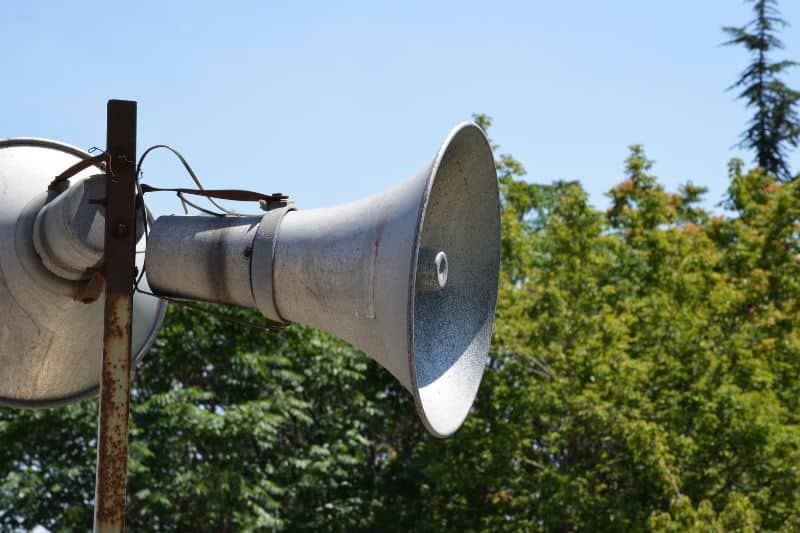
4. Create More Awareness
Along with education, awareness should also be raised. Observers should make it a point to assist reporting professionals by safely documenting the process of habitat destruction whenever the opportunity arises.
Videos and photos help visually present the unfortunate circumstances that environmental destruction can create, evoking emotional responses that inspire others to protect natural habitats.
5. Initiative to Rebuild What’s Already Lost
As quickly as humans can destroy natural habitats, we should be just as willing to put forth the effort to rebuild and attempt to replace what is lost. For areas that cannot be saved, we can assist in funding the creation of areas that will serve as a refuge for displaced wildlife instead.
These safe havens mimic the natural habitats that allow plants to grow and animals to live healthily without the threat of devastation. Efforts have been put in place to create these sanctuaries by environmentalists all over the world to protect species from extinction.






